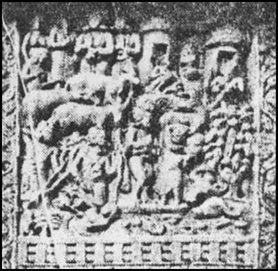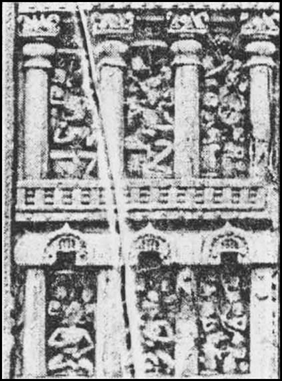How were Buddhist texts prepared and preserved? What role was played by different great personalities and agencies during ancient period?
The Buddha (and other teachers) taught those who were interested orally—through discussion and debate. Men and women (and possibly children as well), attended these discussions and perhaps talked about what they heard. None of the Buddha's speeches were written down during his life time. After his death (C. fifth-fourth century BCE) his teachings were compiled by his disciples at a council of ‘elders’ or senior monks at Vesali (Pali for Vaishali in present-day Bihar). These were known as Tripitakas, literally three baskets to hold different types of texts. They were first transmitted orally and then written and classified according to length as well as the subject matter. The Vinaya Pitaka included rules and regulations for those who joined the sangha or monastic order, the Buddha's teachings were included in the Sutta Pitaka, and the Abhidhamma Pitaka dealt with philosophical matters. Each pitaka comprised a number of individual texts.
Role of different people and agencies:
(a) As time passed commentaries were written on these texts by Buddhist scholars, and as Buddhism travelled to new regions such as Sri Lanka, other texts such as the Dipavamsa (literally the chronicle of the islands) and Mahavamsa (the great chronicle) were written, containing regional histories of Buddhism. Many of these works contained biographies of the Buddha. Some of the oldest texts were in Pali, later compositions were in Sanskrit.
(b) When Buddhism spread to East Asia, pilgrims such as Fa Xian and Xuan Zang travelled all the way from China to India in search of texts to take back to their own country. Here they were translated and used by scholars.
(c) Indian Buddhist scholars also travelled to far away places, carrying texts to disseminate the teachings of the Buddha.
(d) Buddhist texts were preserved in manuscripts for several centuries in monasteries in different parts of Asia.
Tips: -
M. Imp.





